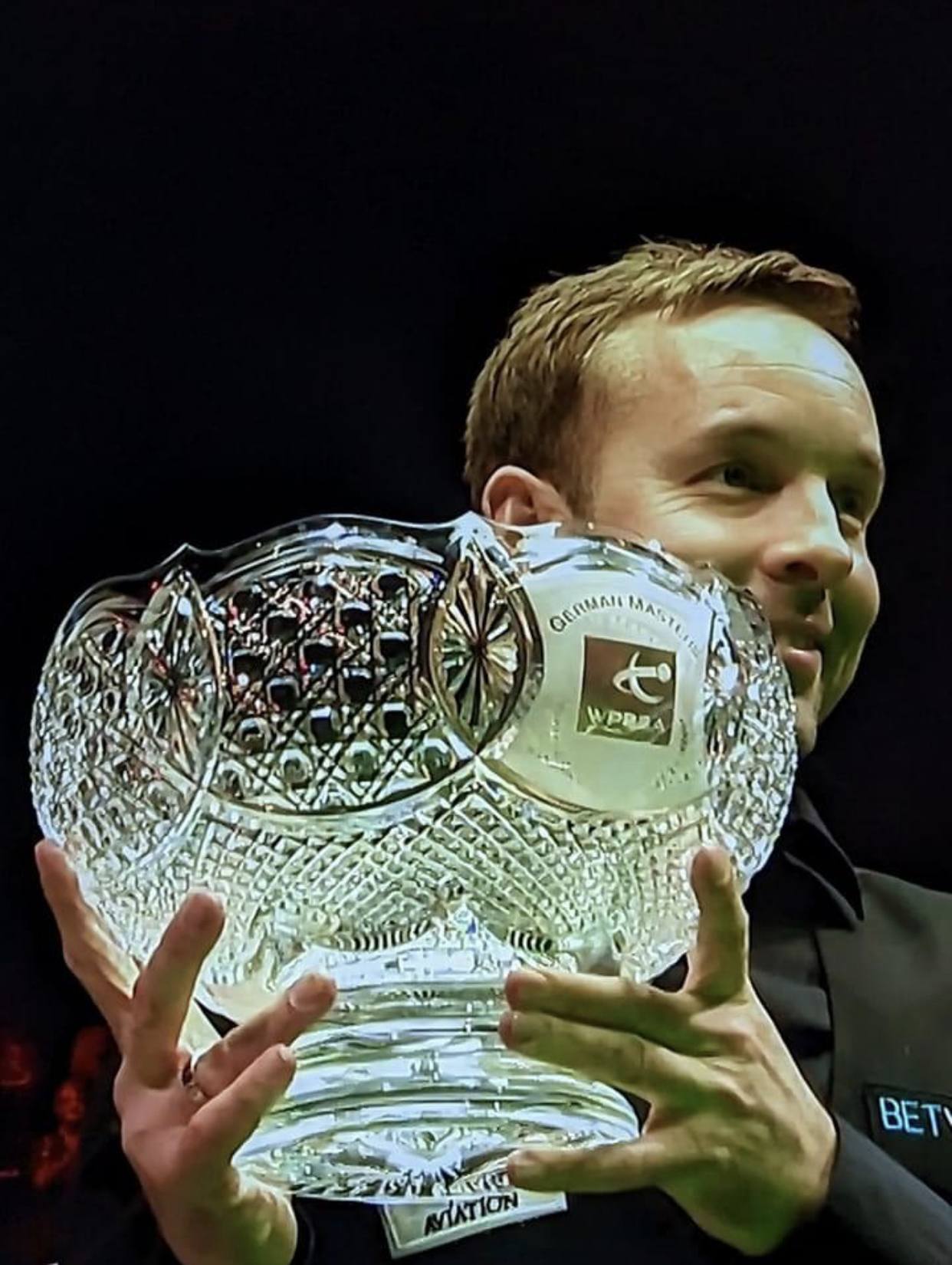With some of the Worlds top Snooker players such as Stephen Hendry & Mark Selby Playing Chinese 8 Ball . Although since 2018 it is now known as Chinese Pool . We thought it time to look into its heritage and with 50 million fans there is no doubt that Chinese Pool has became a hot sport which attracts a lot of attention.
Where did it all begin
According to the records, in 1984, Wang Dashi, who was the director of Beijing Haiyan Billiard Table Factory, manufactured the first international standard snooker table. After that, he began the research and manufacture of American pool table in 1985. Lacking proper reference, he manufactured his imaginary “American pool table,” derived from snooker table structure and size of carom table. It was considered a minified snooker table. Consequently, there came into being a new billiard discipline, and that was playing American pool game on a small-sized snooker table.
The standard snooker table is 12 feet, the practicing table of snooker is ten, and the table for Chinese 8-Ball now is nine feet. It is a kind of combined type invention. The “American pool table” with Chinese characteristics spread throughout the nation as soon as it was put on the market. Gradually, the discipline became hugely popular throughout the Chinese mainland.
It is said that Wang Dashi was guided by Mr. Li Yongxing when he made a career change from a worker of Xishan State Farm in Beijing to dedicating himself to the billiard industry. At that time, Wang Dashi was unemployed and earned a living selling vegetable at Xishan Farmers’ Market. He consulted Mr. Li for livelihood. Mr. Li guided him to Guangdong to investigate the billiard industry. After coming back, Wang Dashi determined to do that. Hence, there is the manufacturing process above. In the progress of manufacturing the “American pool table” with Chinese characteristics, Mr. Li made the template personally and laid down the rules. Thus it can be seen that Mr. Wang Dashi and Li Yongxing are the well-documented creators of Chinese 8-Ball.
Taishan of Guangdong Province is the source of Chinese billiard. In 1973, billiard sports rose here. Later, it spread to Wuhan, Jiangsu, and Northeast China before all parts of the country joined. Although they played American pool game then, no matter whether the cement table, MDF table or slate table, there were right angle pockets like American table. Whether or not this kind of table inspired Wang Dashi and his team, there is no doubt that it plays an enormous role in the initiation, diffusion, and promotion of Chinese 8-Ball. In 1993, the majority of people called it “American-style dropping pocket.” After that, in the north of China, we called it “black eight” or “sixteen colored balls.”
When the first ranking tournament was held in China in 2006, it was called “the First Joy Black Eight Ranking Tournament.”
In 2007, the name of the tournament was changed to “the Second Joy Black 8 Ranking Tournament”. Because people pointed out the slogan of “who is the king of black eight” of the former station sounds stupid when people read it backward in Chinese. (It means “who is the black tortoise.” In China, “tortoise” is an aggressive word when you use it to describe people.)
In 2008, the name was changed to “the Third Joy 8-Ball Ranking Tournament”. Although it was changed from “Black Eight” to “Black 8” in the second tournament, the embarrassment of backward reading had not been eliminated. It was named “8-Ball” this time, but there was a problem of how to differentiate this game from “American 8-Ball”. In consideration of the long-term development of Chinese 8-Ball, a suitable and straightforward name was a pressing matter of the moment. At that time, the common names of international billiard industry were taken into consideration: snooker, American 9-Ball, and American 8-Ball. In that way, if we called it Chinese 8-Ball, it could not only reflect Chinese elements but also differ from American 8-Ball.
What’s more, according to Chinese people’s abbreviating habits, it can also make sense, such as various other billiard terms. Besides, ambiguity will diminish when we translate it into English. It is beneficial for Chinese 8-Ball to go to the world. Therefore, the name of “Chinese 8-Ball” first occurs in the television speech of Joy 8-Ball Ranking Tournament in 2008.
At the 2009 Joy Cup “National Chinese 8-Ball Ranking Tournament”, from this tournament on, the Multi-ball Games Administrative Centre of General Administration of Sport of China and Chinese Billiard Association upgraded JOY 8-Ball Ranking Tournament to National Chinese 8-Ball Ranking Tournament. The name of “Chinese 8-Ball” was approved and recognized by them. In September of 2018, the name of “Chinese 8-Ball’ was officially changed to Chinese Pool
In the 1980s, using snooker and American pool’s equipment and play methods for reference, Chinese people invented an individual billiard sport – Chinese 8-Ball.
After ten years of development and improvement, Chinese 8-Ball changed from a spark to a prairie fire gradually. In the 1990s, Chinese 8-Ball swept the country. In the childhood memories of many middle-aged people, Chinese 8-Ball spread all over streets and lanes. With the improvement of living standard, Chinese 8-Ball has become a favorite recreational activity which is widely welcomed by numbers of sports enthusiasts. Chinese people love to see and hear it. In such a particular period, Chinese 8-Ball has always existed in the form of grassroots sport. Development of the sport is extensive.
In 2005, a long-awaited champion of Ding Junhui boomed Chinese 8-Ball. That year, the first superstar arose in Chinese billiard history. At the same time, it opened the prelude to the internationalization of Chinese 8-Ball. In the WPBSA Ranking Tournament China Open, Ding Junhui defeated many ace players such as Peter Ebdon, Marco Fu, Ken Doherty and S.Hendry and won the championship for the first time. In December, he defeated many big names and won the UK Championship whose level is only after the World Championship. Subsequently, with Pan Xiaoting constantly achieving excellent results in 9-ball field, the national billiard heat was wholly set off in the mainland. With 50 million fans, there was no doubt that Chinese 8-Ball became a hot sport which attracted much attention.
Undoubtedly, the most distinctive watershed of Chinese 8-ball is the coming of 2006. The rapid rise of Chinese 8-Ball will undoubtedly accompany with the arrival of market-oriented sports. Since 2006, the Chinese 8-Ball has evolved from a pure sport to a diversified industry. As a non-Olympic sport, many enterprises involved in the popularization of Chinese 8-Ball. In the fierce market competition, Joy has become the hall of fame among numbers of enterprises in Chinese 8-ball field.




